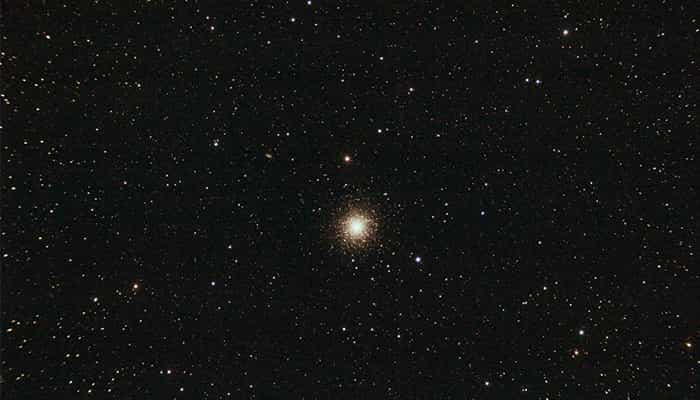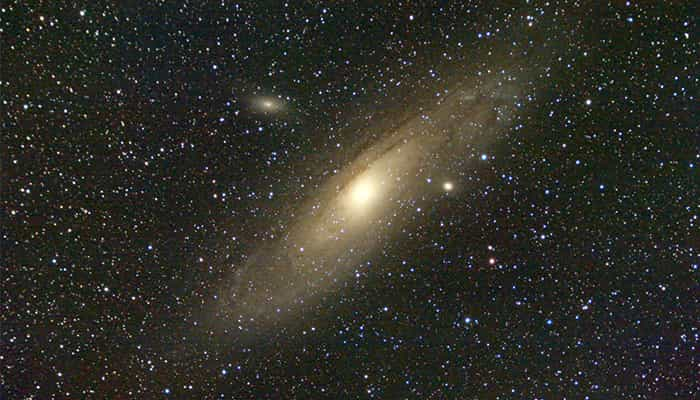My SV503 70mm F6 experience

My SV503 70mm F6 experience
Introduction
I’m an astronomy hobbyist since many years now. Being a computer engineer in real life, I also work on astronomy open source softwares, and wrote the SV305 INDI driver. My main actual setup consists on a 8” F4 Newtonian with an iOptron iEQ30 pro mount. Living near Paris (France), in a Bortle 6 area, I wanted a light and easy setup, seeking for darker skies.
I already own many Svbony products (SV305 cameras, guider scopes, eyepieces, filters, etc.). They usually have great value for the money.
So, I bough an Svbony F6 SV503 70ED Refractor, mounted on a Skywatcher AZ-Gti. Autoguiding is achieved by a T7C camera on an Svbony 30mm guiding scope. Everything can be WiFi remotely controlled with a Raspberry PI running Stellarmate OS, mounted on the refractor, with an embedded power bank. My main imager is a modified (unfiltered) Canon EOS 1000D DSLR, with a 0.8x Sky Rover field flattener.
First impressions
I already owned many instruments, from many different brands (Skywatcher, GSO, Bresser, Meade, etc). The SV503 is very well made for it’s price. The retractable dew shield is smooth, the focuser is very precise: I can’t see any backlash. Everything looks reliable and sturdy. The lens coating seems good as well. I’m pretty confident in the telescope quality.
The SV503 is my first real “wide-field” telescope. With a 0.8x field flattener, the resulting focal is about 330mm, with a fast 4.8 focal ratio.
Some pictures
The short focal length and the fast focal ratio is perfect for huge targets, like the Andromeda Galaxy (M31), the North America Nebula (NGC7000), the Rosette Nebula (Caldwell 49), the Cygnus Loop, the Barnard Loop (sh2-276), or the Magellanic Clouds in the south the hemisphere.
As an FPL51 ED refractor, we still get some residual color aberrations, with small violet fringes on the stars. But no issues, a “light yellow” filter, like a Wratten #8 easily fix it.

Besides that, stars are sharp, round, and well defined. Stars in the corner look a bit elongated, but my field flattener backfocus could certainly be adjusted. Even on an APS-C sensor, we get very low vignetting.

Like many of us already know, mastering a setup could take months. So, my first images don’t look very sharp, but I’m happy with it at this stage.
Conclusions
I’m very happy with my SV503 F6. It’s compact, well build, with nice optics. It’s a real bargain. It’s a nice and well-made piece of work, at an outstanding price. Thanks, Svbony!
Pros :
- Sturdy build
- Precise and smooth focuser
- Compact
- Fast focal ratio
- Nice optics
- Effective and smooth dew shield
- Low cost
Cons :
- Some residual color aberrations, but easy to fix.








